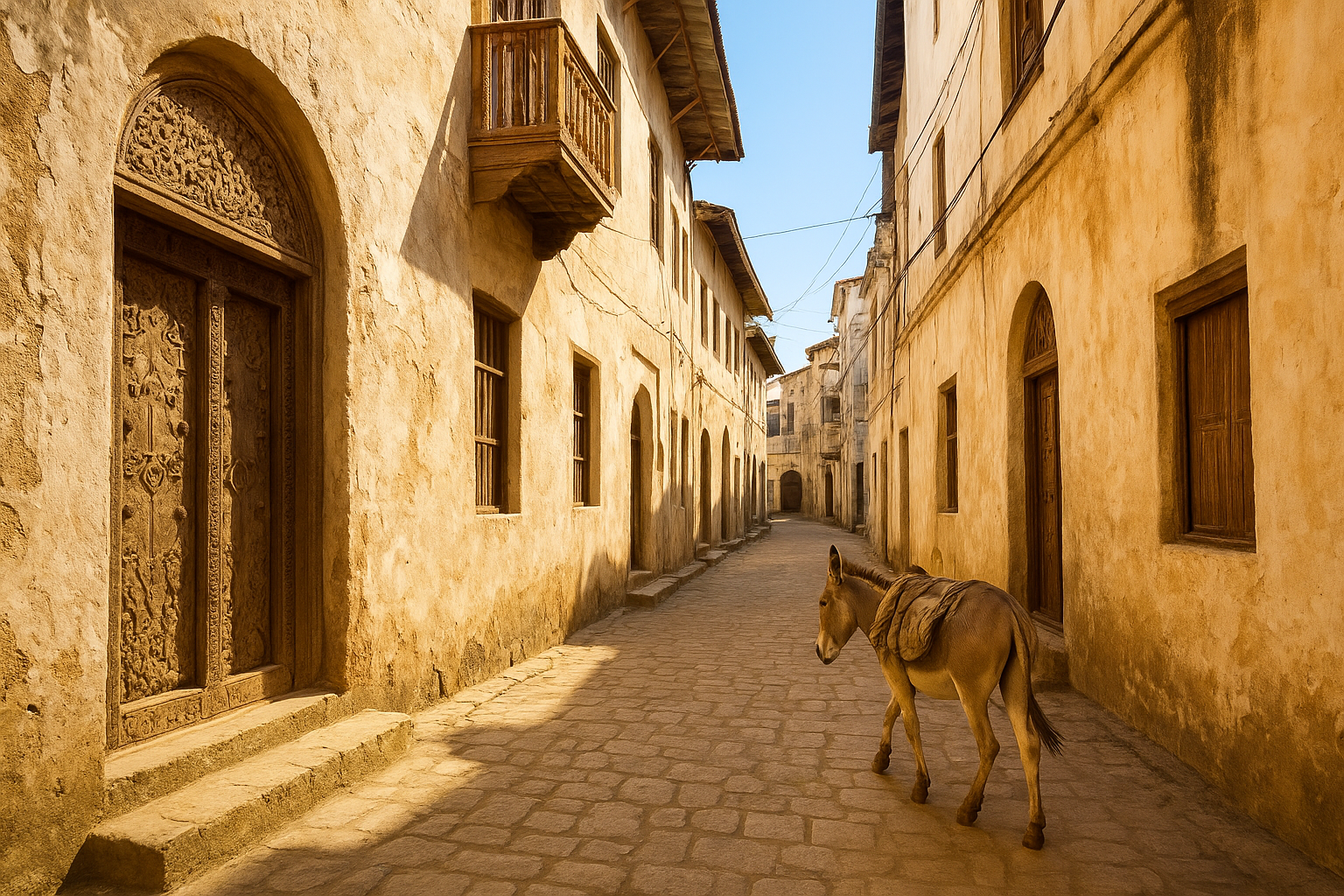On the northern coast of Kenya lies Lamu Old Town, the oldest and best-preserved Swahili settlement in East Africa. A UNESCO World Heritage Site, Lamu is more than just a destination – it is a step back in time where narrow winding streets, carved wooden doors, and centuries-old mosques tell the story of a vibrant cultural heritage.
The Experience
Visitors to Lamu find themselves transported into a world where donkeys are still the main mode of transport, traditional Swahili homes showcase exquisite coral-stone architecture, and the rhythm of life follows the ocean tides. Unlike modern tourist cities, Lamu remains deeply rooted in its traditions, offering travelers an authentic cultural immersion.
Highlights
Architecture: Admire intricately carved wooden doors and coral-stone houses with rooftop courtyards.
Festivals: The annual Lamu Cultural Festival celebrates Swahili poetry, dhow sailing races, and traditional dances.
Cuisine: Taste Swahili delicacies like coconut rice, samosas, and fresh seafood infused with spices.
History: Explore the Lamu Museum, which showcases artifacts tracing centuries of Arab, Persian, Indian, and African influences.
Why Visit?
Lamu Old Town is not just a travel destination – it is a living culture. The warmth of the local people, combined with the timeless beauty of its traditions, makes it a unique experience for travelers seeking depth, history, and authenticity.
Practical Info
Best Time to Visit: November (during the Lamu Cultural Festival) or December to March (sunny season).
Getting There: Flights from Nairobi or Mombasa to Lamu Airport, followed by a short boat ride.
Tip: Embrace slow travel – Lamu is best enjoyed at a relaxed pace.
Closing
If you’re searching for a cultural journey that blends history, people, and the soul of Africa, Lamu Old Town should be on your list. Explore more about Africa’s cultural gems in our [Cultural Destinations Guide].
✨ Lamu Old Town: A Living Museum of Swahili Culture
